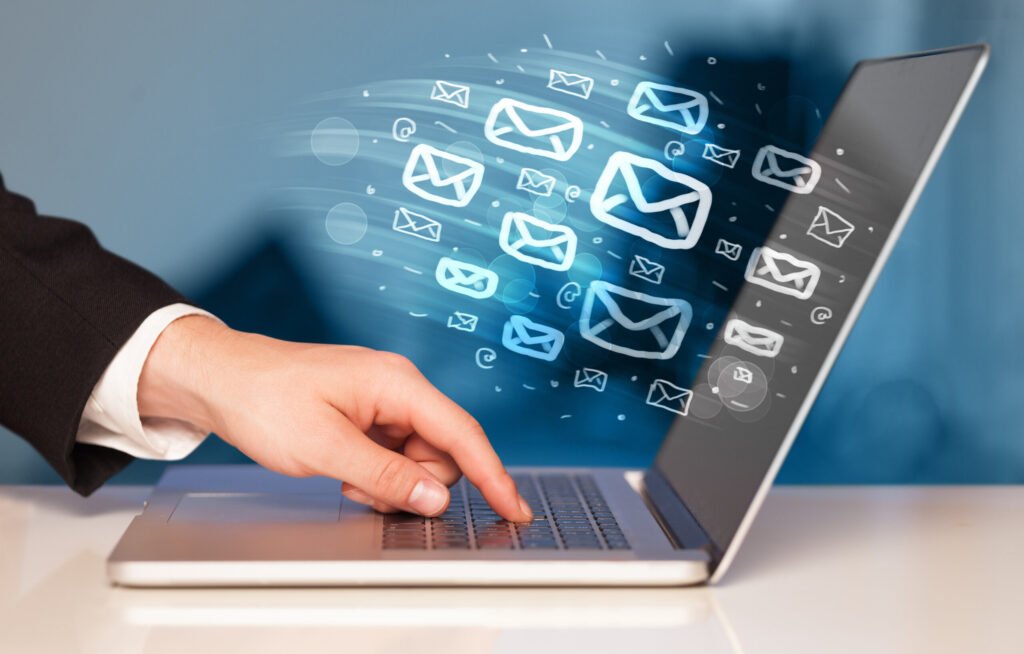Harnessing Segmented Email Marketing for B2B Lead Generation in 2024
Email marketing continues to be a cornerstone of B2B lead generation. However, not all email campaigns yield the same results. In 2024, the emphasis is on segmented email marketing to boost engagement and conversion rates. This guide delves into the advantages of segmented email marketing, effective implementation strategies, and best practices. Let’s dive in!
Understanding Segmented Email Marketing
Segmented email marketing entails dividing your email list into distinct groups based on criteria like demographics, behavior, or purchase history. This enables you to send targeted and relevant messages to each segment, as opposed to a generic approach.

Why Segmentation is Crucial in 2024
In today’s competitive digital environment, personalized communication is vital for differentiation. Here’s why segmentation should be integral to your email marketing strategy in 2024:
- Increased Engagement: Personalized emails resonate more with recipients, resulting in higher open rates, click-through rates, and overall engagement.
- Improved Deliverability: Targeted content is less likely to be marked as spam, thus enhancing your email deliverability rates.
- Enhanced Customer Experience: Providing content that caters to specific needs and interests helps build stronger relationships and foster customer loyalty.
- Higher Conversion Rates: Tailored emails address unique pain points and preferences of each segment, thereby increasing the likelihood of conversion.
Effective Segmentation Strategies
To maximize the benefits of segmented email marketing, implement the following strategies:
- Demographic Segmentation: Segment your list by characteristics like age, gender, job title, company size, and industry to tailor your messages effectively.
- Behavioral Segmentation: Group your audience based on their interactions with your brand, such as website visits, email opens, clicks, and purchase history.
- Geographic Segmentation: Segment by location to deliver region-specific content, promotions, and events, particularly useful for businesses with a broad geographic reach.
- Psychographic Segmentation: Segment based on lifestyle, values, interests, and attitudes to create deeply personalized messages.
- Firmographic Segmentation: For B2B marketing, segment based on company attributes like industry, size, revenue, and market position to customize your approach for different business types.
Steps to Implement Segmented Email Marketing
Follow these steps to implement segmented email marketing effectively:
- Collect and Analyze Data: Gather data from various sources such as website analytics, CRM systems, and email marketing platforms. Analyze this data to identify key audience segments.
- Define Your Segments: Create distinct, actionable segments based on your data analysis. Ensure each segment is significant enough to merit targeted campaigns.
- Create Tailored Content: Develop email content that caters to the specific needs and interests of each segment. Personalize subject lines, images, and calls to action for enhanced relevance.
- Automate Your Campaigns: Use email marketing automation tools to streamline the process of sending targeted messages to each segment, ensuring timely and consistent communication.
- Monitor and Optimize: Track the performance of your segmented campaigns through metrics like open rates, click-through rates, and conversions. Use this data to refine your segments and improve future campaigns.
Best Practices for Segmented Email Marketing
Adopt these best practices to optimize your segmented email marketing efforts:
Keep Your Data Clean: Regularly update and clean your email list to maintain accurate and up-to-date segments. Remove inactive subscribers and correct any data errors.
Test and Iterate: Continuously test different elements of your email campaigns, such as subject lines, content, and send times. Use A/B testing to determine the most effective approaches for each segment.
Personalize Beyond the Name: Move beyond basic personalization by customizing content based on the recipient’s past interactions, preferences, and behavior.
Maintain Consistency: Ensure your segmented emails align with your overall brand voice and messaging to build trust and recognition.
Respect Privacy: Be transparent about how you collect and use data for segmentation. Comply with data protection regulations like GDPR and CCPA to maintain audience trust.
